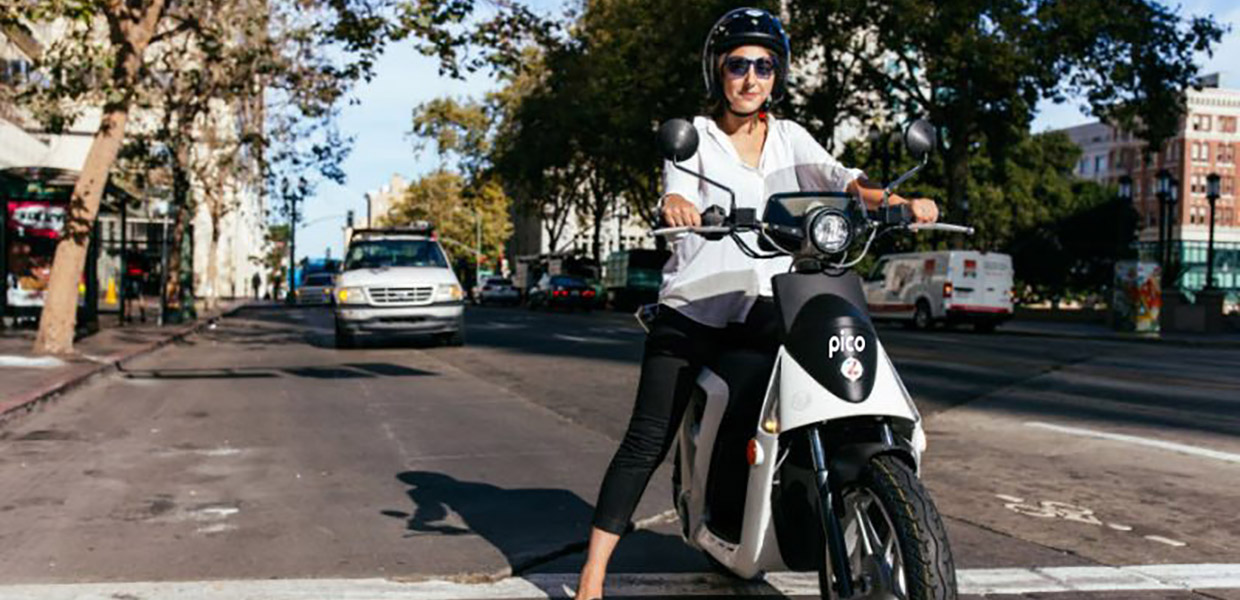“It does mean changing how we look at assets themselves, our relationship with them and how we pay for them. That requires an understanding of how people use assets and the outcome they want to achieve on the one hand. On the other hand, you have to find a way to match revenue with expense – whether that is paying per download, user, cup of coffee, acreage plowed or patient transported. At DLL, our experience in both areas is enabling us to help our customers and partners leverage pay-per-use models to address new demands and become more resilient to disruption.”
Here are a few recent examples that illustrate this.
Example 1: How do I sell more coffee without overleveraging my company?
A DLL client that is a market leader in unattended coffee and convenience food was seeking a financing model that would allow them to set more vending machines in the market to grow quickly, without putting too much pressure on their balance sheet. The traditional approach would be to buy the machines and make a fixed payment for each one, but the revenues are highly variable. DLL proposed a shared risk pay-per-consumption model, where DLL funds the vending machines, and the client pays based on the turnover of machine. DLL and the client share the revenue from the machines. Having DLL fund the equipment allows the client to accelerate their sales and take advantage of new opportunities as they arise.
“This example is incredibly relevant as a result of the Corona crisis. Companies across the scale have experienced a lot of volatility in their revenue streams. We are talking to a lot of customers who are wanting to reduce their level of risk and better match their revenue streams with their expenses,” says Lee Thompson, Head of Pay-per-use Solutions, Europe and Australasia at DLL. “Pay-per-use gives them a viable way to do that.”
Customer success story
Example 2: How do I get my crops harvested in the fall without paying for a tractor during the winter?
Farming is highly unpredictable and very seasonal. Owning machinery brings the huge risk of unknown expenses if a season is shorter or longer than expected, or yields are impacted by weather. And after the growing season, equipment can sit idle for long periods of time, while the monthly payments continue. DLL has strong roots in agriculture and has developed a number of unique financing models for this sector over the past decades. One example is shared usage structures that allow a group of related farms to acquire and share equipment, such as tractors and other production equipment.
“We are working on a product concept that takes agriculture asset optimization to the next level. It allows a farmer to sign up to use a full-feature, professionally maintained machine for a block of hours or number of acres. This aligns payments with what their needs are at different points in the year. Not only could it remove the risk of owning and maintaining equipment for farmers, it can actually result in lower operating costs.” says Matthew Jennings, Head of Pay-per-use Solutions, Americas at DLL.
“We’ve been offering this kind of product in the Construction, Materials Handling & Industrial segment for a while based on our knowledge of equipment like forklift assets. That experience is very valid now. For example, some industries are using forklifts much less this year which is beneficial, and others are using them much more than last year. With our Lease-by-Hour product, the equipment that is being used much more this year will probably need to be swapped out earlier than planned and our product allows customers to do that. It addresses the increasingly unknown factors of ‘what am I going to do today and what are the risks of buying a new piece of equipment’ that many companies can relate to.”
Example 3: How do I care for more patients when I can’t predict how many will come through my doors?
“We provide funding to public hospitals for medical equipment that uses consumables, for example, surgical tools that use consumable attachments,” says Thompson. “In some countries, public hospitals have difficulty receiving approval to purchase medical equipment unless they can accurately forecast how many procedures they will perform with the equipment. To address this, we developed a new pay-per-use model that bundles consumables and equipment together. Rather than pay fixed monthly rentals for the equipment, the hospital instead pays as and when it buys the consumables for use in its surgical procedures. It better fits the realities of today’s public hospitals by aligning the hospital’s payments more closely with the actual usage of the equipment.”
We believe these sorts of schemes will become increasingly relevant to help public and private healthcare systems in various countries relieve the strain they face under difficult funding models. This is particularly acute for those public organizations that are coming under ever increasing pressure to justify their budget requests based on forecasted patient throughput. In effect, having to reconcile today’s cost with tomorrow’s need. From flexible solutions for asset sharing to revenue matched service models for clinical outcomes, DLL is working with care providers and vendors to drive successful, sustainable outcomes.
